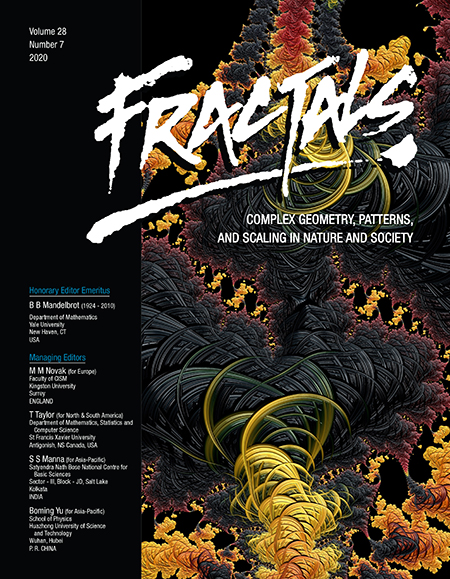COMPLEXITY-BASED DETECTION OF SIMILARITY BETWEEN ANIMAL CORONAVIRUSES AND SARS-CoV-2 IN HUMANS
Abstract
Severe acute respiratory syndrome coronavirus-2 (SARS-CoV-2) is the most dangerous type of coronavirus and has infected over 25.3 million people around the world (including causing 848,000 deaths). In this study, we investigated the similarity between the genome walks of coronaviruses in various animals and those of human SARS-CoV-2. Based on the results, although bats show a similar pattern of coronavirus genome walks to that of SARS-CoV-2 in humans, decoding the complex structure of coronavirus genome walks using sample entropy and fractal theory showed that the complexity of the pangolin coronavirus genome walk has a 94% match with the complexity of the SARS-CoV-2 genome walk in humans. This is the first reported study that found a similarity between the hidden characteristics of pangolin coronavirus and human SARS-CoV-2 using complexity-based analysis. The results of this study have great importance for the analysis of the origin and transfer of the virus.


